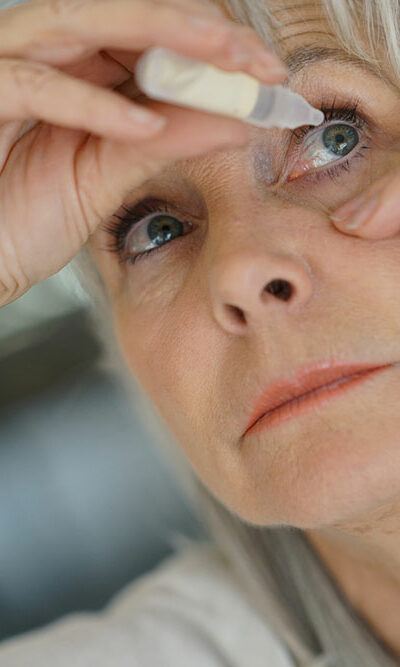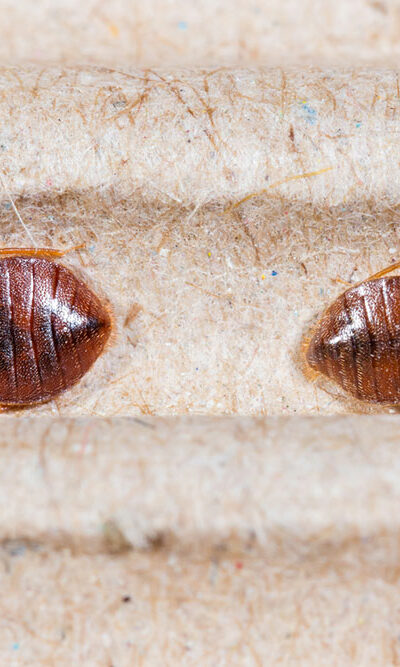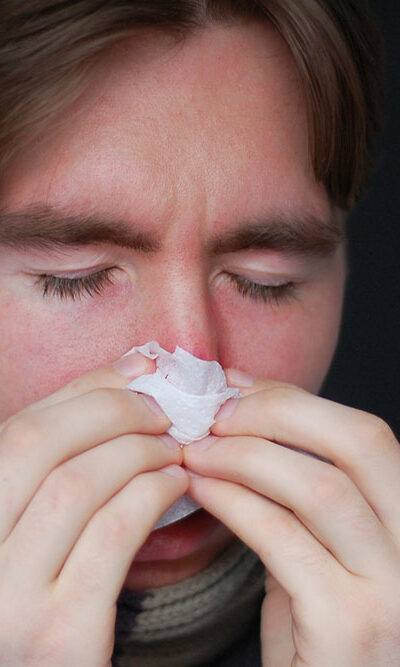
RSV in babies – Symptoms and preventive measures
Respiratory syncytial virus (RSV) spreads like a cold virus from individual to individual. Virtually all children develop an RSV infection by the time they are two years old. While symptoms for this infection can vary by age, RSV seems to hit babies, especially those under the age of one, the hardest, making it a leading cause of infant hospitalization. It can also give rise to complications such as bronchiolitis, pneumonia, and asthma. Recognizing RSV in babies – Symptoms to watch for RSV symptoms look similar to the common cold in babies under one. They may include fever, which is 100.4°F or higher, wet or dry cough, runny nose, congestion, and sneezing. Some babies may also lose their appetite or become more fussy. In some cases, RSV can lead to complications like bronchiolitis, where the baby might experience swelling in their airways. This could cause symptoms such as rapid and shallow breathing, nostril flaring, wheezing, chest caving, and grunting while breathing. It is advisable to call 911 or visit an emergency room immediately if the baby’s breathing patterns change. Preventing RSV infections RSV is a highly contagious infection. So, protecting babies from it is crucial, as exposure to this virus and its potential complications could also put the baby’s life at risk. Taking basic preventative measures can help parents and guardians keep their babies safe. 1. Parents and caregivers should ensure their babies avoid any form of close contact, such as being hugged or kissed by individuals who may be sick. 2. It is crucial to not share personal items with others, especially if they are contaminated. These include bottles, toys, and cups, as they may carry the virus from one child to another. 3. Those in close proximity to the baby should wash their hands frequently with soap and water or use a hand sanitizer before touching the baby.










